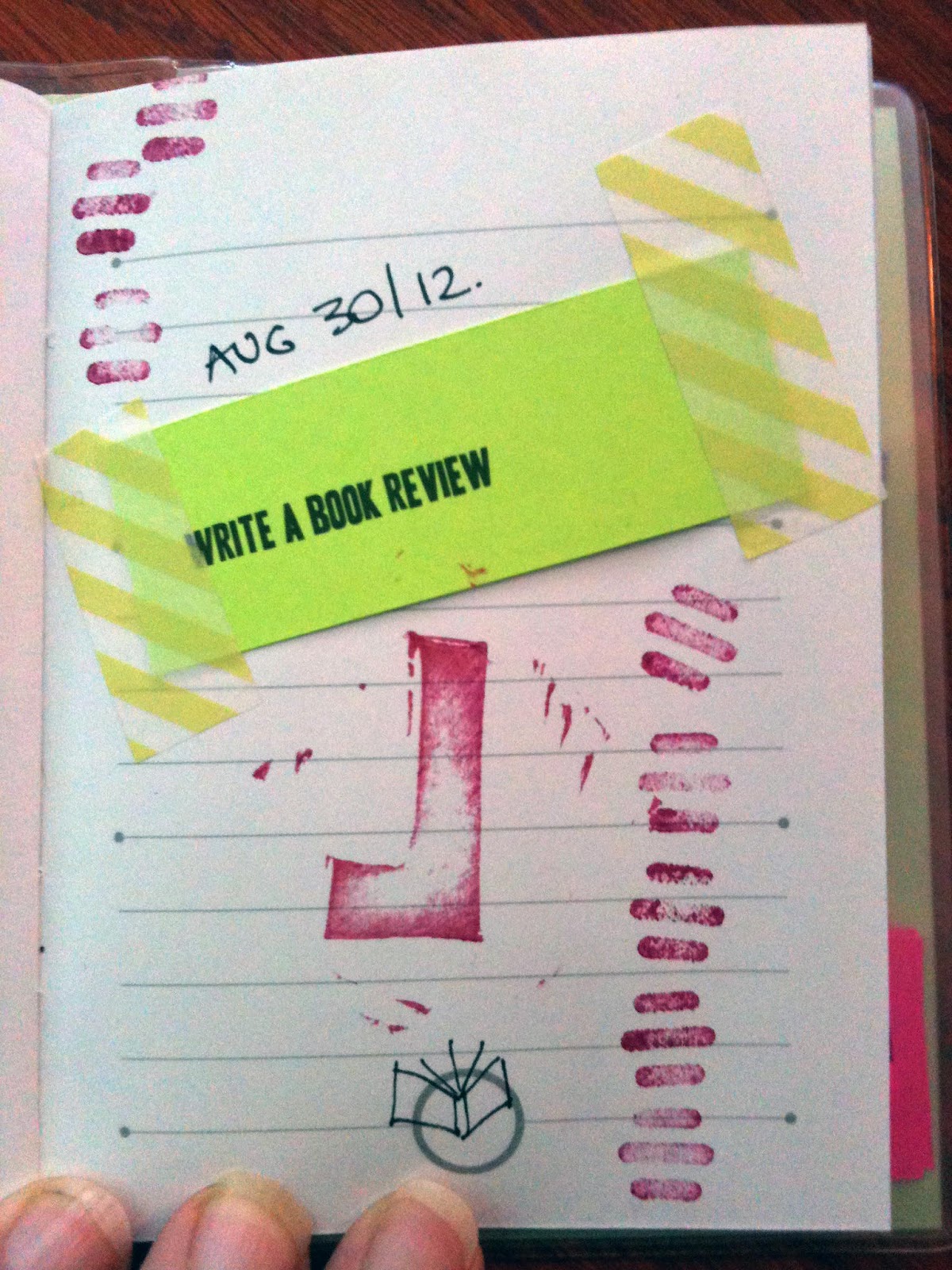

The lyricism or clipped nature of your narrative influences the texture. Your writer voice helps express the texture of your work. Some prefer chunky mashed potatoes and others smooth. Others offer quippy one-liners that stick to a mom’s ribs. Why is there more than one mommy-blogger in the cyber universe? Because they each lend their own voice to the common concerns and delights of moms. Is your audience younger or older? Affluent or middle class? Broken and wounded or healed and moving forward? The answer to all those questions will help in forming a texture for your work. Nor do they fight as hard for comfort as we do, those of us who value ease above growth. AUDIENCEĭo we have audiences left alive for whom comfort is not a core value? Other cultures don’t list comfort on their list of expectations. How likely is it to find a thriller written in a pastoral, gently-ambling, glassy style? Shards of glass, maybe. Other subject matter is too brittle to be handled that way. But by nature, some topics demand bold words, straight-forward talk, sparks and thunder. We take these elements into consideration: TOPICĪ tough topic can be handled tenderly. What’s your book’s texture? Custard-soft? Cashmere? Dish scrubbie? Fleece? Leather? Cold steel? Burred? Is it marble or cobblestone? Why? And how do we know the “proper” texture for our project? Has the sarcasm improved or have we grown tougher? Some writing styles that would have scratched and clawed at us years ago–sarcasm, for example–are finding greater acceptance. Midwinter in the northwoods, I’m wearing wool socks that I would have refused as a child for the way they would have scratched at my ankles. Wool has improved over the years–curious for a natural fabric. I’m reading a book now that is like raw silk–smooth, but with natural nubs. Stories can have a velour-soft texture of comfort, or a billowing organza-artistic feel.

Sanding off our rough edges sometimes takes an abrasive book. Some books have a sandpaper texture–abrasive, but for a reason. Still others are common as cotton but with an intriguing weave that invites exploration. If you compared a dozen books pulled randomly from bookshelves, you’d describe some of them as burlap–rough, but steady and dependable. Although we could talk about slick or matte-finish covers, about smooth or deckled edges of the pages, or the feel of a hardcover book compared to that of a paperback, for today’s purposes, we’re looking at–or rather, feeling–the texture of the writing.


 0 kommentar(er)
0 kommentar(er)
